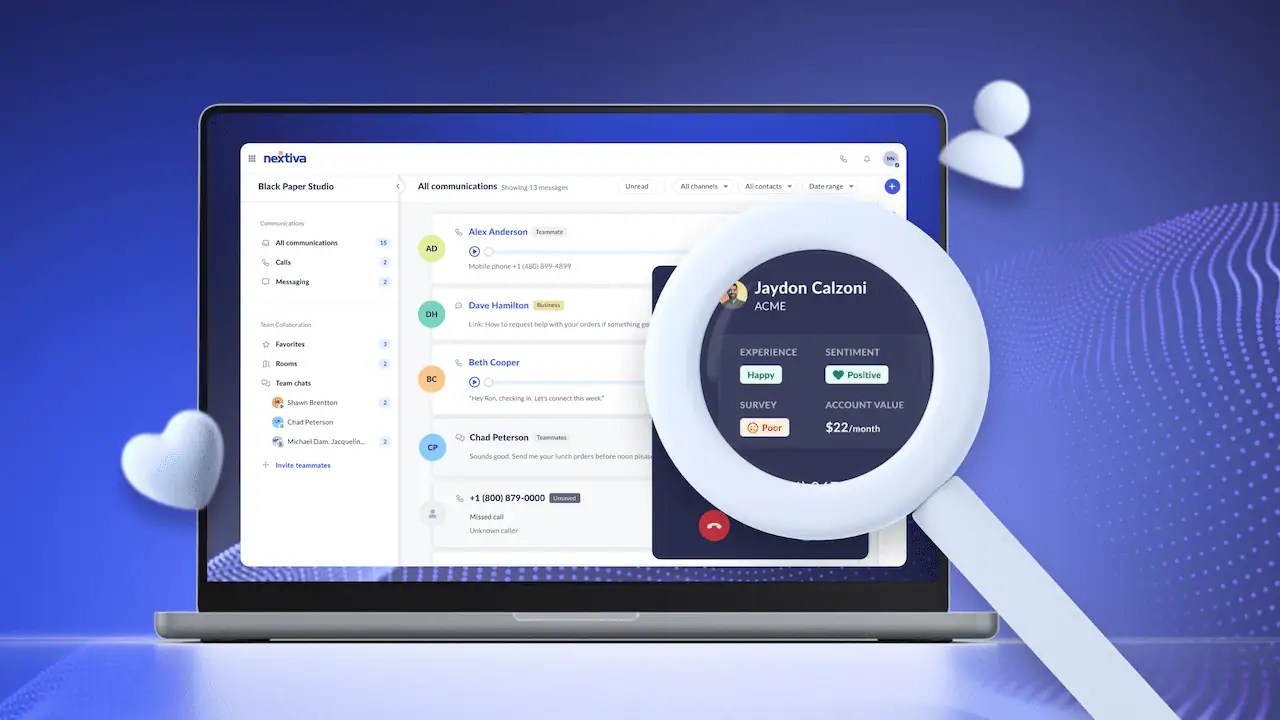The AI hype is real — these days, it seems like it’s all anyone is talking about, particularly in the technology industry. The successful adoption and use of AI can certainly be a game-changer for businesses, helping them boost revenue and CX while reducing operational costs.
But there are two sides to every coin: Businesses that are not strategically leveraging AI are at risk of overspending and under-delivering on the ROI they promised. So, how can you make sure you’re on the right track?
Read on to learn how you can prepare your organization for successful AI implementation.
Step 1: Identify Business Goals and Set Expectations
83% of companies claim that AI is a top priority in their business plans, according to research by Exploding Topics, but how many of these businesses have a clear strategy in place before actively implementing AI?
The first step toward success is getting a clear picture of the goals you are hoping to accomplish with AI. Sit down with leaders from key teams at your organization and iron out the details, from the outcomes you want to see to which metrics you’ll use to measure these outcomes.
You’ll also want to set expectations with key teams to make sure everyone is on the same page. AI is not a silver bullet, and it shouldn’t be treated as one. It has limits and drawbacks just like anything else, so you’ll need to have honest conversations and get prepared for how you’ll handle setbacks or determine the right time to pivot your strategy when needed.
For inspiration on how AI enhances the customer experience, watch this video from Jessica:

Step 2: Communicate Your AI Strategy and Key AI Principles to Your Organization
Now that you have buy-in and approval from key team leaders on the direction of your AI strategy, it’s time to bring the rest of the organization on board. Every employee — from long-term staff to new recruits currently onboarding — needs to be fully informed about the benefits, best practices, and use cases of AI for your business.
70% of change programs fail due to employee resistance, according to a McKinsey study. But by bringing all of your employees up to speed and being as transparent as possible while educating them on AI literacy, your business can avoid this fate and successfully navigate these changes.
Communication is the key!
Step 3: Select the Right AI Solution for Your Business
Now that you have your goals set and your team on board, it’s time to select and implement your AI solution. Narrowing down your solution will be easier with your goals and outcomes in place. You can also evaluate based on budget and customer reviews.
Flexibility and scalability are two crucial elements in an AI solution. You want to pick a solution that can grow with your business, so you don’t have to worry about needing a whole new solution as you scale.
Another consideration is choosing a platform with AI tools already built in, which is a cost-effective way to enhance business operations and customer experience, while cutting costs through vendor reduction.
Nextiva’s Unified-CXM platform can handle all of your business communications in one place, streamline customer interactions, deliver critical AI insights, and save your team time with built-in AI-powered tools. A scalable, all-in-one solution like Nextiva can be a great option when you want to reduce the number of platforms you use and keep everything in a centralized location.
Whatever solution you choose, just make sure it aligns with your business goals and is easy for your whole organization to use efficiently.
Step 4: Evaluate Your AI Strategy’s Performance With Key Metrics
The final step in your AI journey is to continuously evaluate performance and industry trends. This isn’t a set-it-and-forget-it type of strategy — you’ll need to get team leaders together regularly to discuss results and see if you’re tracking toward the desired outcomes.
Measure the success of your AI program based on the KPIs you identified earlier on in the process, so you can see real, tangible results. Your goals may shift, so expect to make some tweaks and adjustments to your AI strategy over time.
If you aren’t hitting your goals, check in with every team at your organization to make sure they’re using the chosen AI solution effectively. Maybe additional training or education is needed to help team members become more confident with the new contact center solution, or there are new use cases to consider to get the most out of your solution.
With regular evaluation and open dialogue, your business can successfully implement and leverage AI to maintain a competitive edge, now and into the future.
Watch Now: Top 5 AI Enablement Use Cases in Your Contact Center
You’ve likely heard about helpful AI-powered agent assist features — but how is it used in practice? Watch our on-demand webinar that covers the top five use cases for enabling AI in your contact center.
- Time-proven methods of boosting agent and supervisor productivity
- Best practice tips for choosing and deploying popular AI solutions
- Real-world examples of how the top AI use cases are at play
Register now to see firsthand how to leverage AI in your contact center.

















 Productivity
Productivity 









